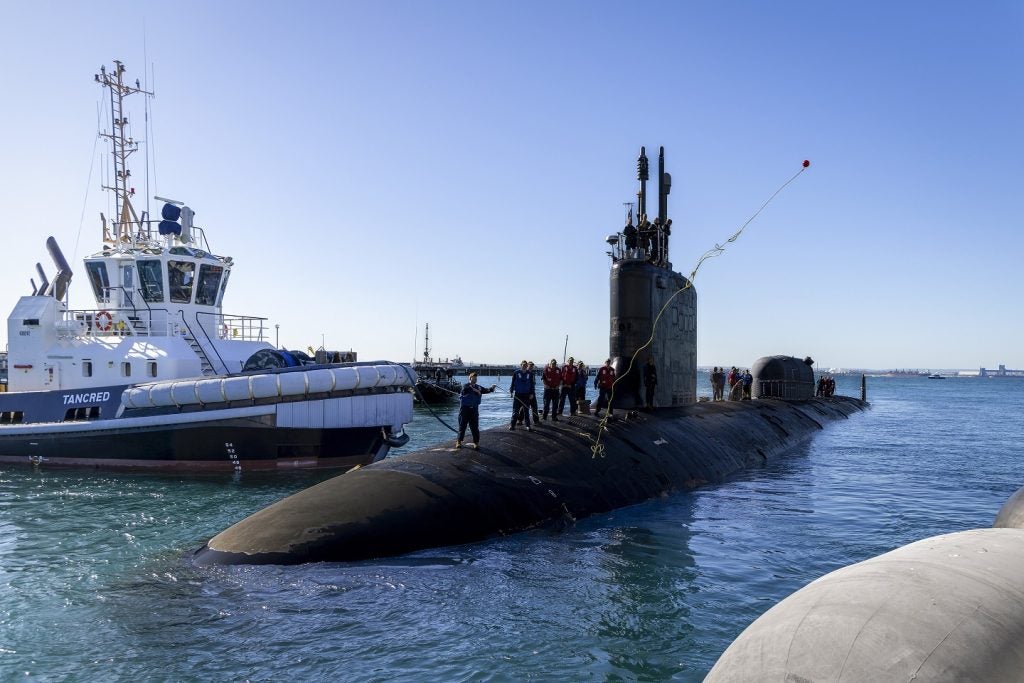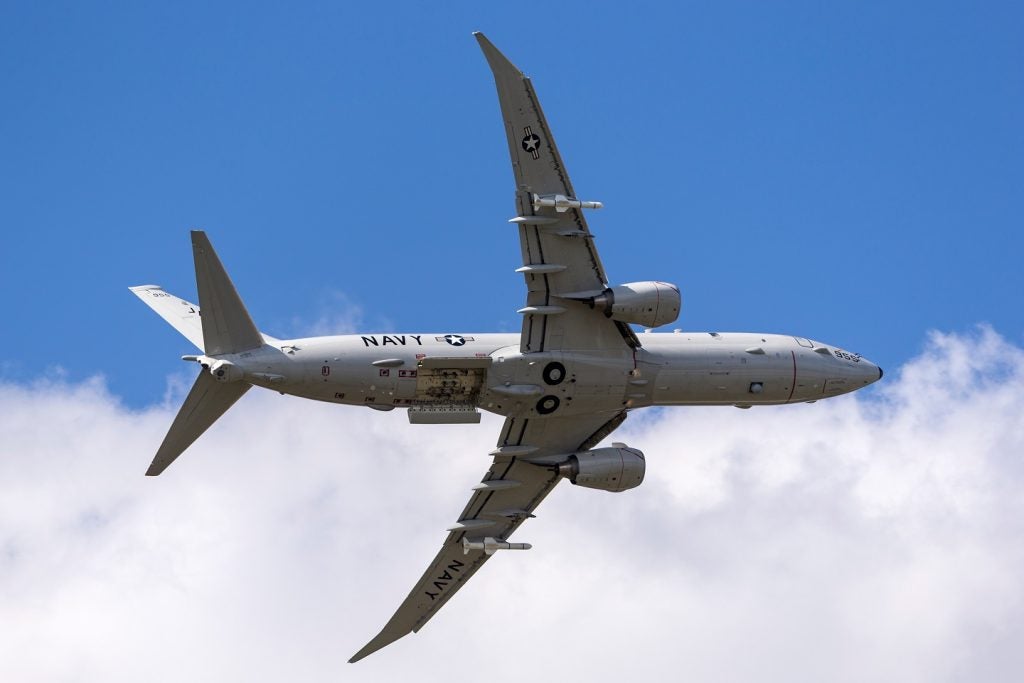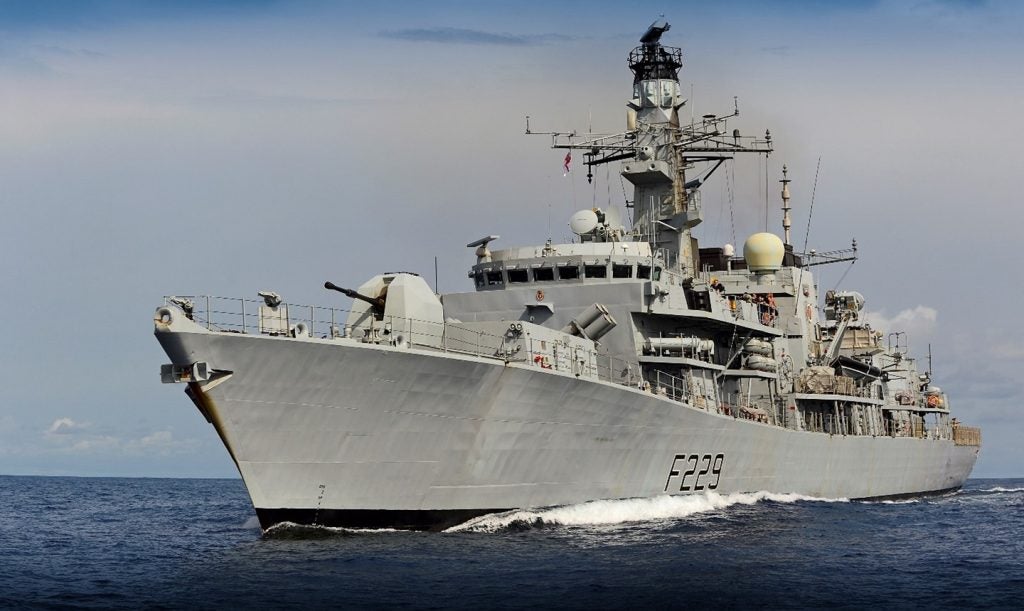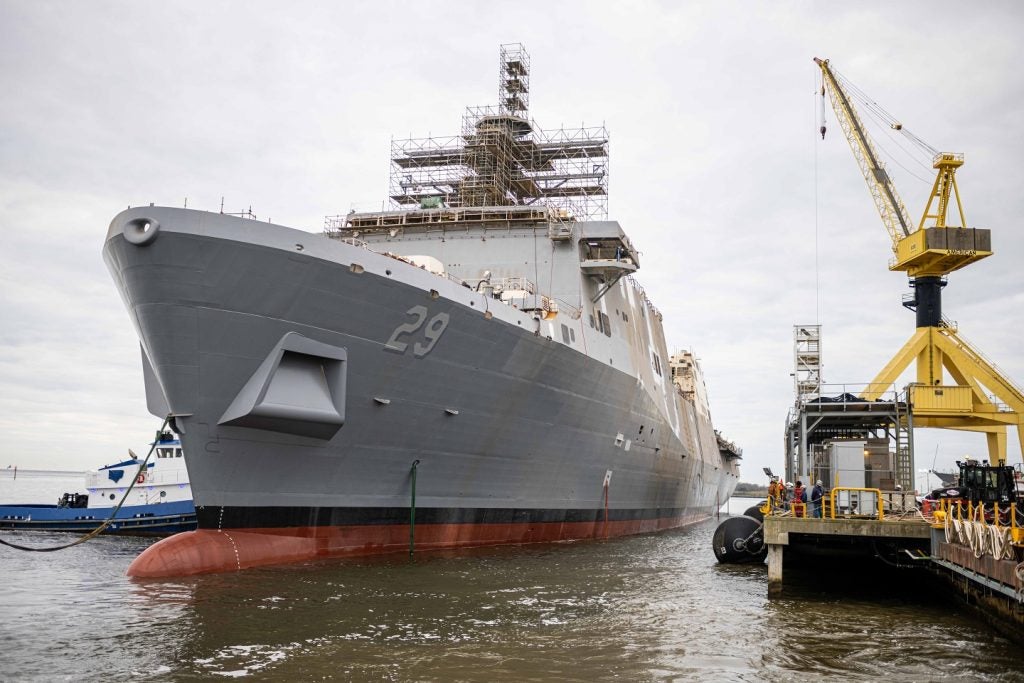Researchers at the US Naval Surface Warfare Center (NSWC) Carderock Division have completed Cobra hydrodynamic bow bulb testing aboard DDG 51-class ships, as part of the Navy’s efforts to reduce fuel consumption.
Conducted in partnership with Program Executive Office (PEO) Ships and the Naval Sea Systems Command (NAVSEA) fleet readiness research and development programme, the tests were aimed to optimise the size and shape of the bow bulb prototypes.
During the two weeks of testing, more than 20 bow bulb prototypes for DDG 51-class ships were evaluated, of which four prototypes were selected for fabrication and model testing to identify the bulb’s design for powering and fuel reduction.
NSWC Carderock bow bulb testing project lead Dominic Cusanelli said: "It is my hope that the DDG 51 class bow bulb will parallel the success of previous [NAVSEA] sponsored designs, such as the stern flap, and not just improve the capabilities of the Navy’s combatants, but provide for a reduction in fuel consumption and for millions of dollars in cost savings as well."
How well do you really know your competitors?
Access the most comprehensive Company Profiles on the market, powered by GlobalData. Save hours of research. Gain competitive edge.

Thank you!
Your download email will arrive shortly
Not ready to buy yet? Download a free sample
We are confident about the unique quality of our Company Profiles. However, we want you to make the most beneficial decision for your business, so we offer a free sample that you can download by submitting the below form
By GlobalDataOriginally developed in the early 1990s for use on a naval combatant, the bow bulb has been designed to reduce the ship’s wave resistance and is fitted near the waterline to protrude from the hull.
See Also:
The inverted tear drop shaped bulb prototype creates a wave that interferes with the existing bow wave to help lower the fuel consumption and engine exhaust emissions, as well as lessen the amount of ship’s drag.
Forming a part of the US Navy’s numerous energy saving initiatives, the bow bulb testing is intended to improve the performance of the navy’s surface fleet, decrease dependence on foreign sources of oil and to increase use of alternative energy.







